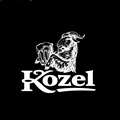The First Seven Przewalski’s Horses in Central Kazakhstan
06. 06. 2024
Thursday morning, a Czech Army CASA aircraft landed in Arkalyk, central Kazakhstan, with four more Przewalski’s horses. The mares, Tessa, Wespe, Umbra and Sary, had undergone an 18-hour flight from Berlin, followed by a seven-hour truck journey over treacherous terrain. Just before 5pm local time, the mares were released into an acclimatisation pen at the Alibi reintroduction centre in the Altyn Dala area. A stallion, Zorro, and two mares, Zeta II and Ypsilonka, transported from Prague on the first flight, have been acclimatising in the neighbouring pen since Tuesday.
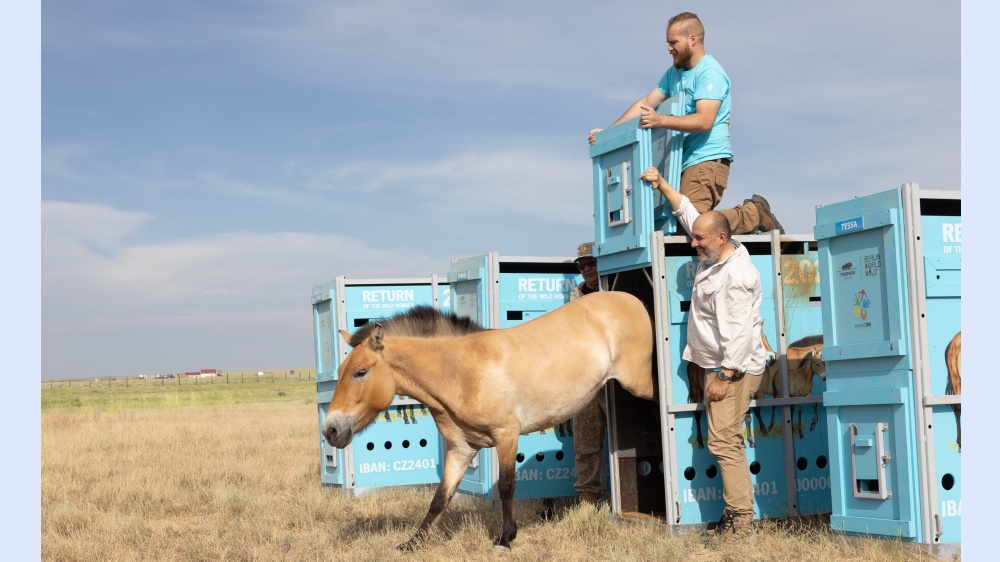
The mare Wespe being released from the transport box into the acclimatisation pen. Photo by Václav Šilha, Prague Zoo
Miroslav Bobek, Prague Zoo’s director, said, “This is an event of historical import: the seven “Przewalski’s” that we transported here by two CASA planes represent the first individuals of this species in central Kazakhstan in hundreds of years. With this double transport, we have taken a major step towards returning the last wild horse to another area where it was found in the past. Our goal is to slowly transport at least forty individuals here, so that a viable population can be set up. Hardly anything could be a better demonstration of the purpose of modern zoos than the Return of the Wild Horses.”
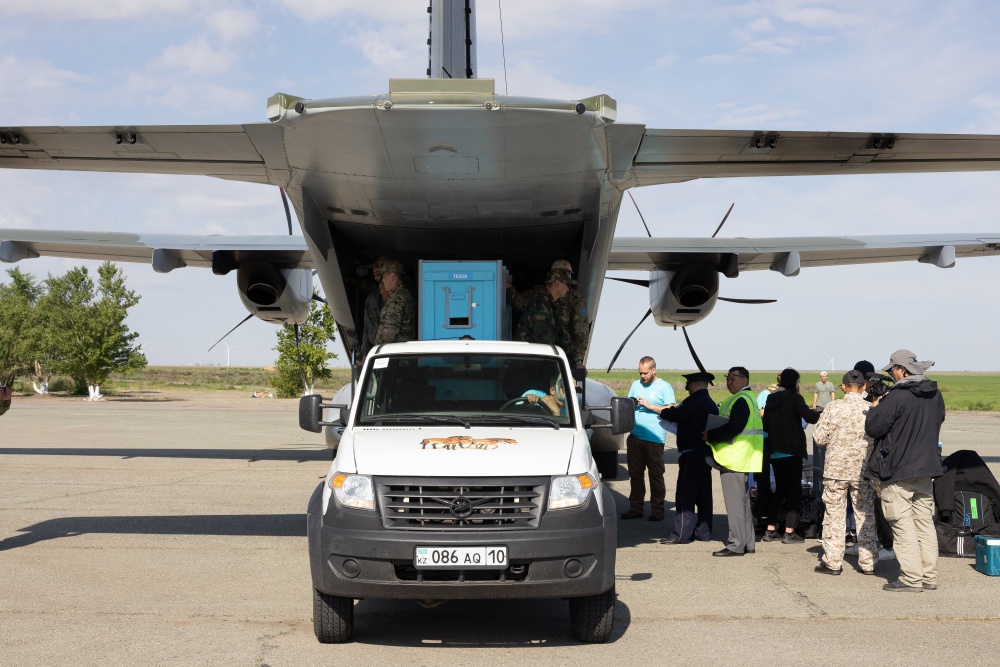
After an 18-hour flight from Berlin, the Przewalski’s horses are unloaded from the Czech Army’s CASA aircraft at the airport in Arkalyk. Photo by Václav Šilha, Prague Zoo
Today, three mares born in Germany arrived in Altyn Dala, also known as the Golden Steppe. The stalwart five-year-old Tessa, originally from Tierpark Berlin, the same age dark-legged Wespe, born in the zoo in Weilburg, and the three-and-a-half-year-old light-maned Umbra from the semi-natural reserve in Aschaffenburg Schweinheim. They were joined by the youngest, Sary, who will be just three years old in two weeks and is the only one from France, coming from ZooSafari de Thoiry. Over the past six months, they had been taken to Tierpark Berlin to become acquainted – similar to the situation in Dolní Dobřejov, where Prague Zoo runs a breeding station. The final selection of individuals suitable for transport, primarily with regard to their health, was made by Prague Zoo’s experts in conjunction with colleagues from Tierpark Berlin.
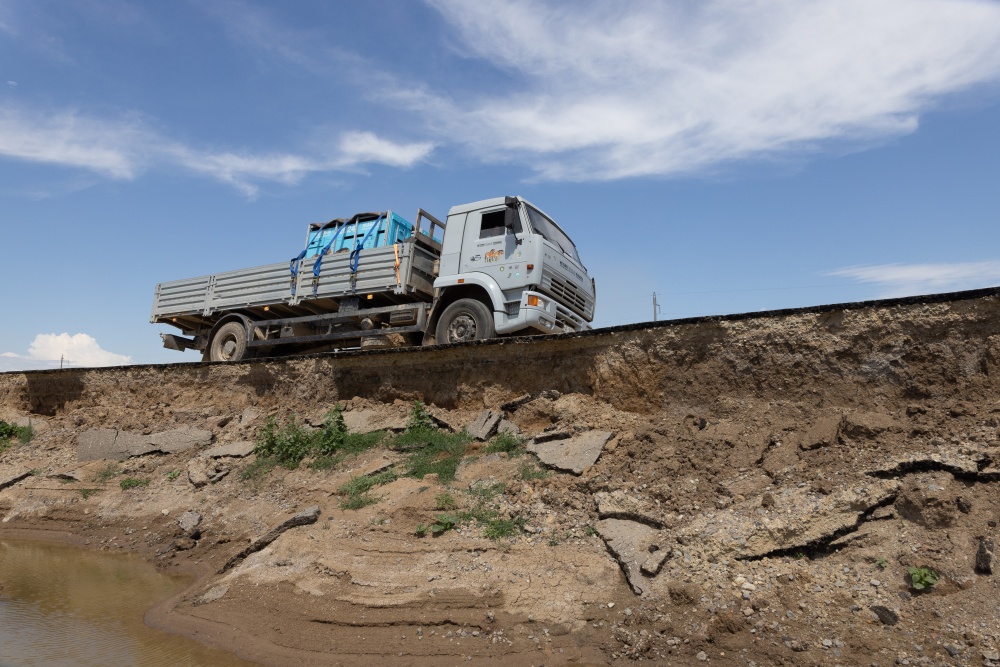
In places the roads from the airport to the reintroduction centre had been ravaged by recent floods.
Photo by Václav Šilha, Prague Zoo
Tessa was the first to run out of the transport box into the pen, then Wespe, followed by Umbra and Sary brought the foursome to a close. To ensure the genetic diversity of the local population they will not join the stallion Zorro and the two mares, Zeta II and Ypsilonka, who had been transported from Prague in the first transport. Ideally, in the future, they will form a harem with another stallion so that there will be more stallions breeding right from the start.
The two large paddocks, totalling 80 hectares, will allow the seven horses to become accustomed to local conditions and to one another, all under the close supervision of researcher workers. Prior to them being released into the wild, they must demonstrate that they are resistant to frost and parasites, as well as being able to find suitable food under heavy snow. Their acclimatisation period should last roughly a year.
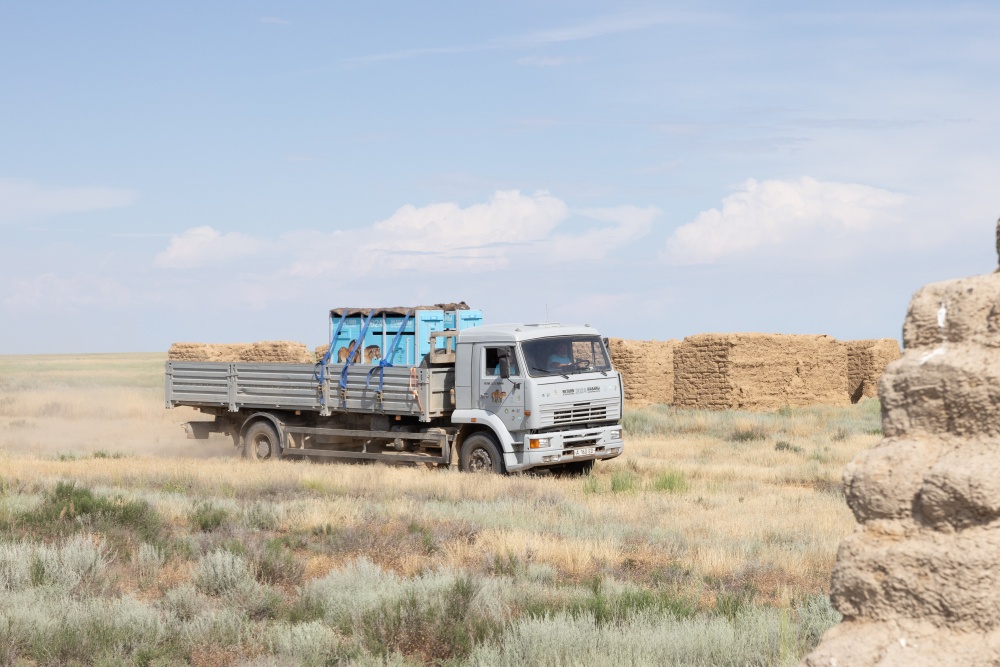
On their journey through the steppe, the Kamazy flatbeds, with the horses on the back, passed long-abandoned houses made of fired bricks. Photo by Václav Šilha, Prague Zoo
Working closely with its partners, Prague Zoo is preparing another transport to Kazakhstan for next spring. At the same time, preparations are underway to transport Przewalski’s horses to the east of Mongolia in 2026, to the “Valley of Monasteries”; this will be a first.
After a hiatus of several years, this year has seen the return of this iconic ungulate to Prague Zoo’s grounds in Troja. Now people can find Przewalski’s horses, along with other Central Asian fauna, in the Gobi exhibit close to the top station of the chair lift.
More about the project:
https://www.zoopraha.cz/documents/EN_Presskit_NDK2024.pdf






